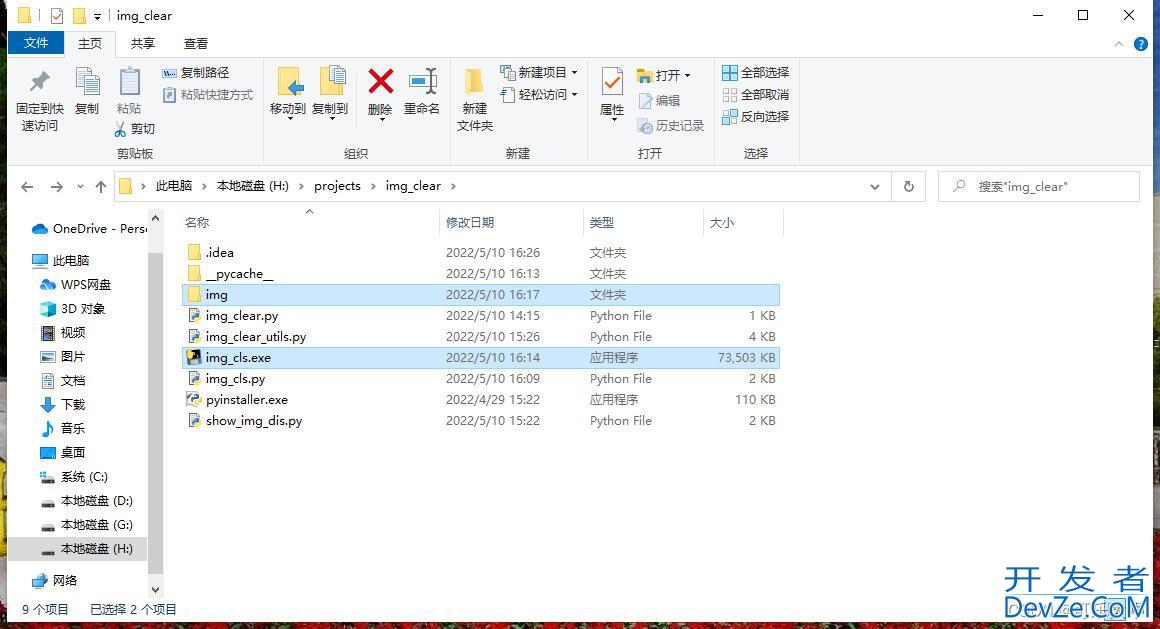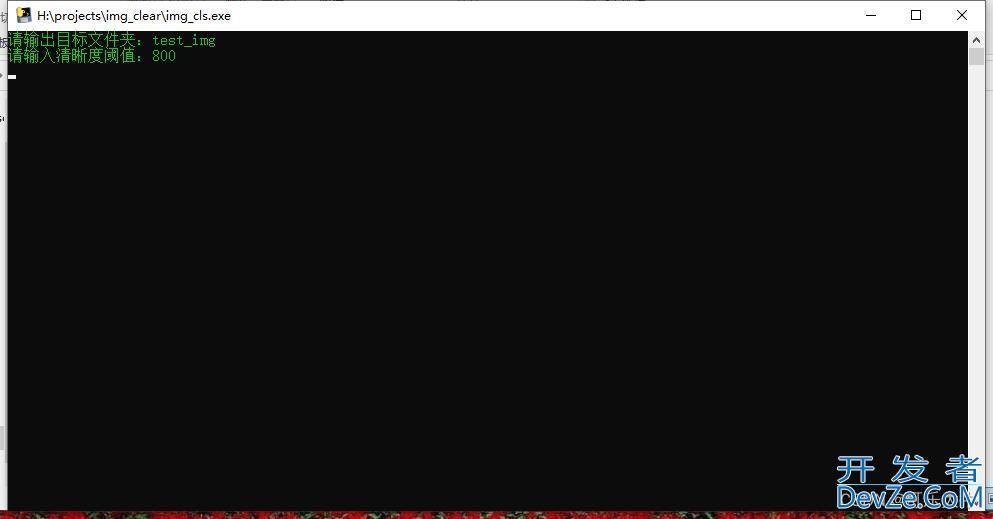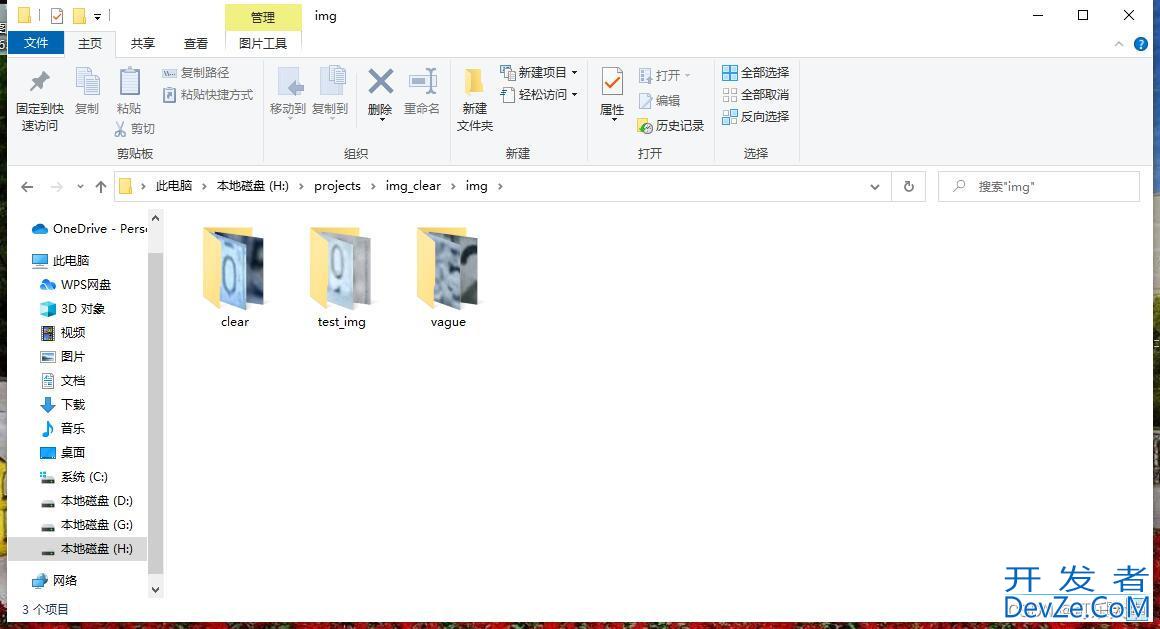目录
- 原理
- 代码
- 使用
- 总结
原理
在《Analysis of focus measure operators for shape-from-focus》[2013 Pertuz et al.]。
在这篇文献中,Pertuz 等人论述了近 36 种不同的图片清晰度评价(focus measure)方法。
其中一种方式比较简单,就是使用拉普拉斯方差算法,直接得到一个浮点数方差表征清晰度。
事先设定一个阈值,如果某图片的清晰度低于预先定义的阈值,那么该图片就可以被认为js是模糊的。高于阈值,就不是模糊的,或者说是清晰的。
此算法基于以下假设:如果图片具有较高方差,那么它就有较广的频响范围,代表着正常,聚焦准确的图片。
总结:正常图像中边界清晰,经拉普拉斯计算后方差较大;模糊图像边界信php息少,方差小
代码
import os
import cv2
import shutil
# 计算图片清晰度
def getImageVar(img):
res=0
for i in cv2.split(img):
# 对图片用 3x3 拉普拉斯算子做卷积得到边缘 计算出方差,并最后返回。
# 函数求完导数后会有负值,还有会大于255的值。开发者_JAVA而原图像是uint8,即8位无符号数,所以建立的图像位数不够,会有截断。因此要使用64位有符号的数据类型,即 cv2.CV_64F。
# 再用var函数求方差
javascriptres+=cv2.Laplacian(i, cv2.CV_64F).var()
return res/3
# 读取某个文件夹下面的所有文件名 返回list
def get_all_file(path):
aandroidll_file=[]
for i in os.listdir(path):
file_name=os.path.join(path,i)
all_file.append(file_name)
return all_file
input_path=input("请输出目标文件夹:")
threshold=int(input("请输入清晰度阈值:"))
orign_path=os.path.join(os.path.abspath('.'),'img')
resoure_file_path = os.path.join(orign_path, input_path) # 图片所在文件夹
vage_file_path=os.path.join(orign_path,'vague')
clear_file_path=os.path.join(orign_path,'clear')
if not os.path.exists(vage_file_path):
os.mkdir(vage_file_path)
if not os.path.exists(clear_file_path):
os.mkdir(clear_file_path)
all_img_path=get_all_file(resoure_file_path)
for img_path in all_img_path:
img_name=img_path.split('\\')[-1]
dst=os.path.join(vage_file_path,img_name)
if getImageVar(cv2.imread(img_path))>threshold:
dst = os.path.join(clear_file_path, img_name)
shutil.copyfile(img_path, dst)
打包成exe:
pyinstaller -F work.py
使用
首先准备一个img文件夹和img_cls.exe

img文件夹中包含存放需要分类的图片的文件夹自定义(如test_img)以及将来的两个结果文件夹vague和clear

双击执行exe文件,输入自定义和清晰度javascript门限(高于阈值是清晰,低于阈值是模糊)

结束之后得到:
两个分类文件夹(复制过来的 原图片没动)

总结
以上为个人经验,希望能给大家一个参考,也希望大家多多支持我们。









 加载中,请稍侯......
加载中,请稍侯......
精彩评论